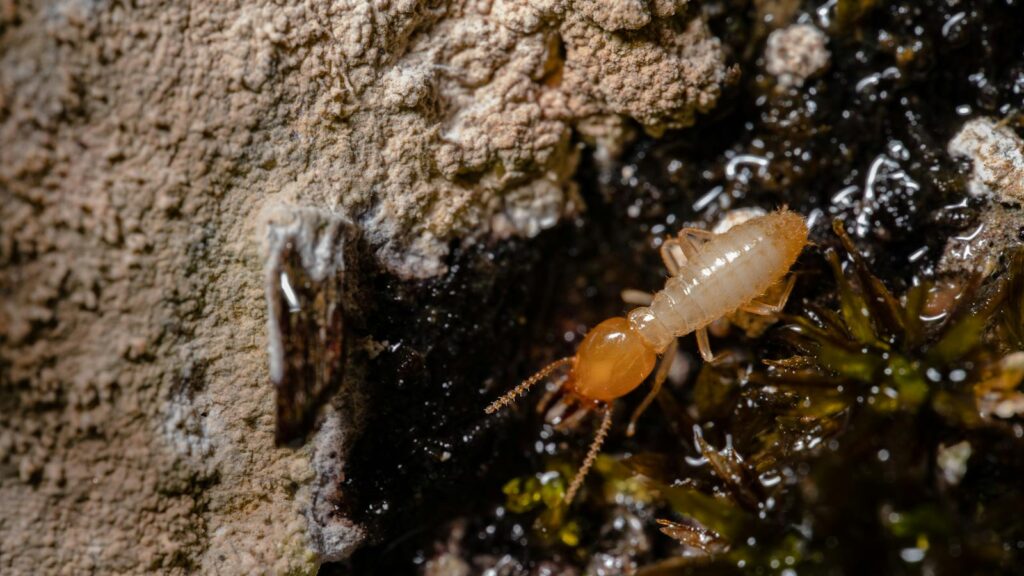In the vast theater of nature, insects are the unsung heroes working tirelessly behind the scenes. These tiny creatures, often overlooked or even reviled, perform ecological services of staggering importance. From breaking down dead organic matter to aerating soil and pollinating plants, insects function as nature’s most efficient recycling system. Their collective activities help maintain ecological balance, supporting nutrient cycles that sustain life on Earth. Without the diligent labor of beetles, flies, ants, and countless other six-legged workers, our ecosystems would quickly become overwhelmed with detritus, and the flow of essential nutrients would grind to a halt. This article explores the remarkable ways insects serve as nature’s recyclers, highlighting their critical role in maintaining environmental equilibrium and supporting the continuation of life as we know it.
The Insect Recycling Brigade
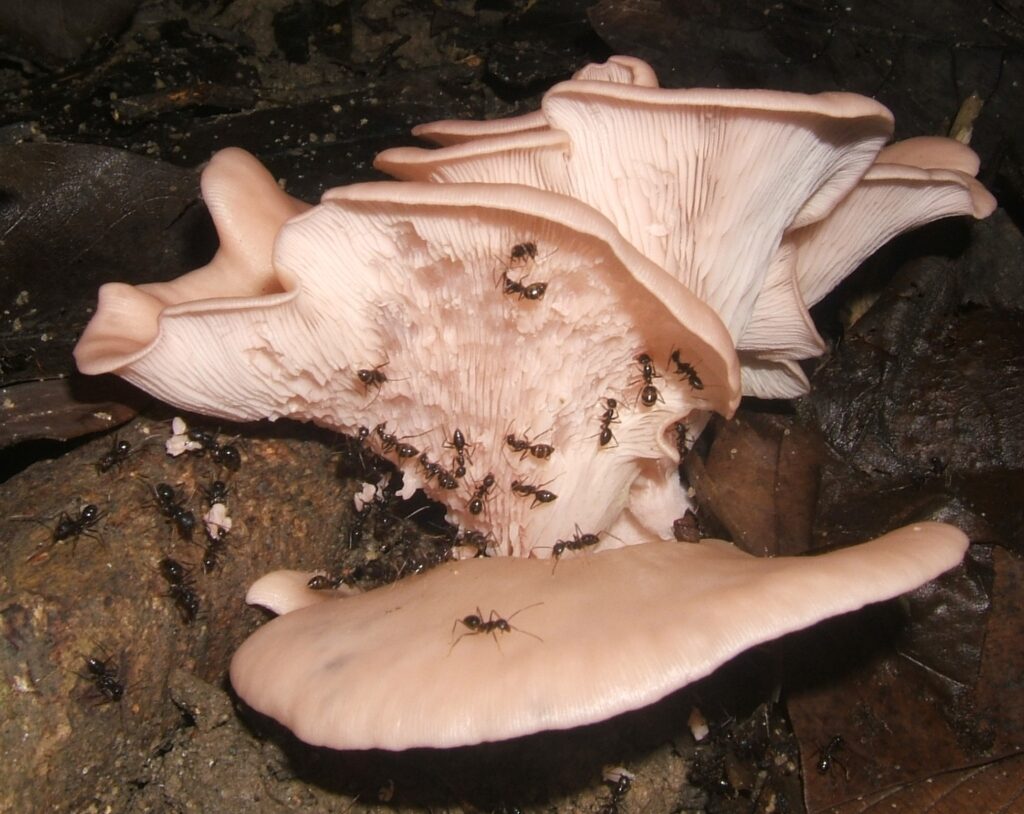
Insects form nature’s primary cleanup crew, processing enormous quantities of organic waste that would otherwise accumulate in our environment. From fallen leaves and dead wood to animal carcasses and dung, insects attack these materials with remarkable efficiency, breaking them down into simpler compounds that can reenter the nutrient cycle. Different insects have specialized roles in this process—beetles and fly larvae may be the first to colonize a dead animal, while termites and carpenter ants tackle woody debris. This division of labor ensures that virtually no organic material goes to waste in a healthy ecosystem. The scale of this recycling operation is staggering, with insects processing millions of tons of organic matter globally each year.
Dung Beetles: Nature’s Sanitation Engineers

Among the most impressive recyclers in the insect world are dung beetles, which specialize in processing animal excrement with remarkable speed and efficiency. When mammals deposit dung in the environment, dung beetles quickly locate it using their sensitive antennae, sometimes arriving within seconds. These dedicated recyclers either feed directly on the dung, roll it into balls to be buried elsewhere, or tunnel beneath the dung pad to create chambers where they deposit portions of the waste. Through these activities, dung beetles remove potentially harmful waste from the surface, reduce pest habitat, incorporate nutrients into the soil, and prevent the loss of nitrogen through ammonia volatilization. Research has shown that dung beetles can bury up to 90% of a fresh dung pat within 48 hours in areas where they are abundant, making them invaluable allies for rangeland health and agricultural productivity.
Decomposers: Breaking Down the Dead
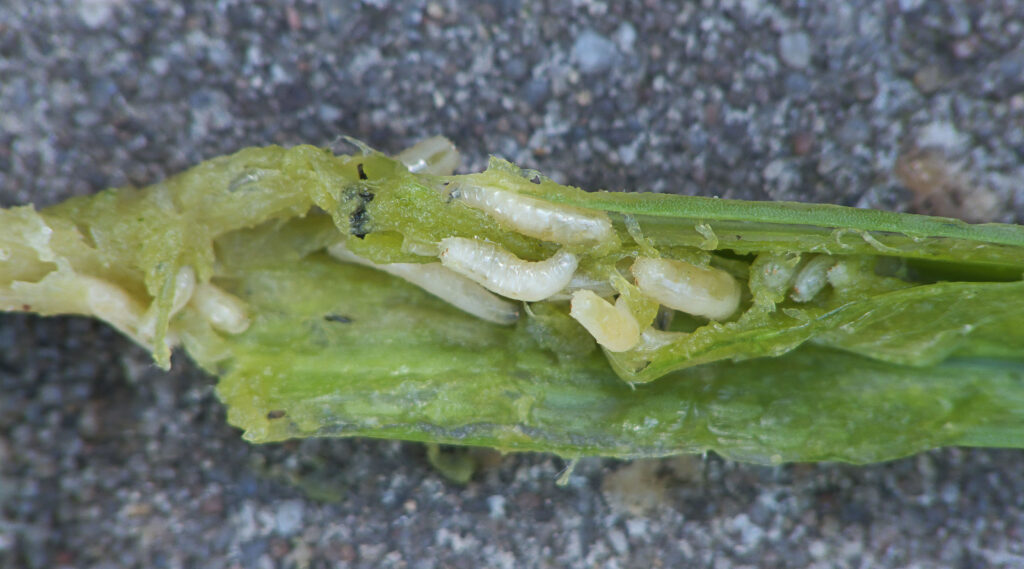
Decomposer insects play a pivotal role in breaking down dead plant and animal material, releasing the nutrients locked within organic tissues. Flies, particularly their larvae (maggots), are especially effective at processing animal remains, capable of reducing a small carcass to bones in a matter of days under optimal conditions. Complementing their work are various beetles, including the distinctive burying beetles that can interr small animal carcasses underground, where they prepare them as food for their developing young. On the plant side, termites, carpenter ants, and various wood-boring beetles break down cellulose and lignin—tough plant compounds that few other organisms can digest. Without these insect decomposers, dead material would accumulate rapidly, tying up nutrients and disrupting the flow of energy through ecosystems. Their digestive processes transform complex organic compounds into simpler substances that can be utilized by plants and other organisms.
Soil Engineers: Creating Living Earth
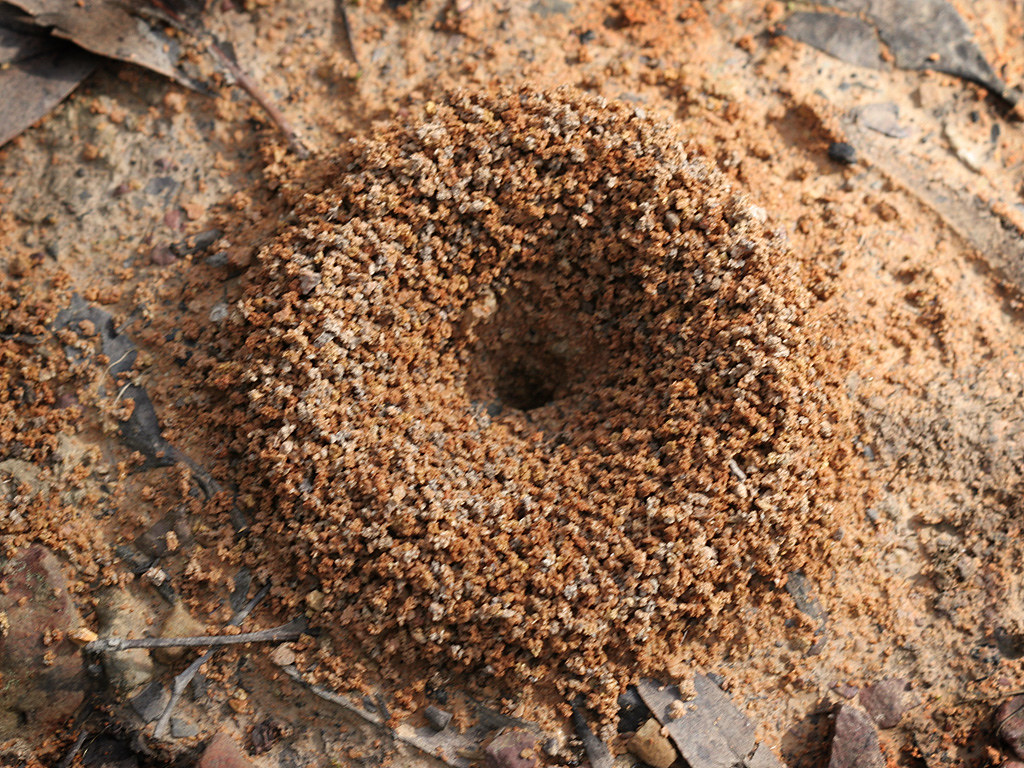
Many insects spend part or all of their lives in soil, where their activities fundamentally alter soil structure and composition. As they burrow, dig, and tunnel, insects create channels that allow water and air to penetrate deeper into the earth, improving drainage and promoting root growth. Their excretions and the remains of dead insects add organic matter directly to the soil, enhancing its fertility and water-holding capacity. Ants are particularly effective soil engineers—a single colony can move several tons of soil annually, bringing deeper soil layers to the surface and incorporating organic matter below. This mixing action, known as bioturbation, prevents soil stratification and helps maintain a healthy soil ecosystem. The combined activity of soil-dwelling insects creates the porous, nutrient-rich medium essential for plant growth and microorganism activity.
Pollinators: Facilitating Plant Reproduction

While not directly involved in decomposition, insect pollinators play a crucial role in nutrient cycling by enabling plant reproduction. By transferring pollen between flowers, insects like bees, butterflies, moths, and beetles facilitate the production of seeds and fruits, which eventually become the organic matter that enters the decomposition process. This pollination service is essential for approximately 80% of wild plant species and nearly 75% of food crops worldwide. The reproductive success of plants directly impacts the amount of plant material available for decomposition and nutrient cycling. When pollinators decline, plant communities change, altering the quantity and quality of organic inputs into the ecosystem. This interconnection highlights how insect activities across different ecological roles ultimately contribute to nutrient recycling and environmental balance.
Nutrient Acceleration: Speeding Up Natural Cycles
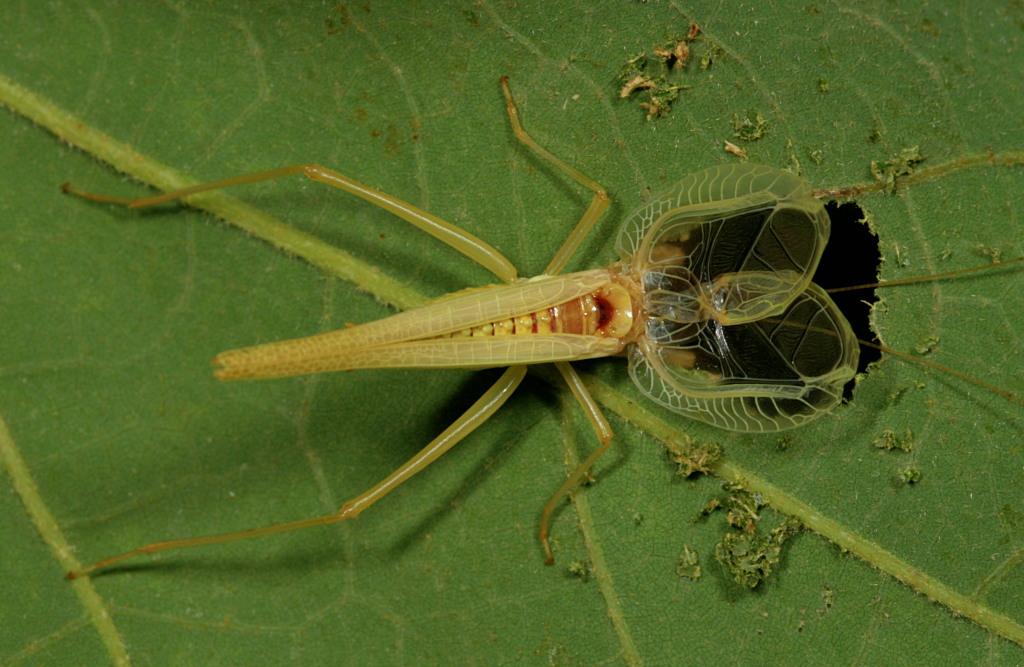
Insects dramatically accelerate the natural cycling of nutrients through ecosystems, preventing the bottlenecking of essential elements in dead organic matter. When plants and animals die, nutrients like nitrogen, phosphorus, and carbon become temporarily locked in their tissues. Without insects to break down these materials, nutrients would remain unavailable for new growth for extended periods. The digestive processes of insects, combined with the activity of the microorganisms they harbor in their guts, rapidly convert complex organic compounds into simpler forms that can be used by plants. This acceleration is particularly noticeable in tropical environments, where insects can completely skeletonize a fallen leaf in weeks rather than the months or years it might take in their absence. By expediting nutrient turnover, insects help maintain the productivity and resilience of ecosystems worldwide.
Insect Farming: Nutrient Concentration

Certain insects, particularly ants and termites, actively cultivate fungi or tend to other organisms in ways that concentrate nutrients. Leaf-cutter ants, for instance, harvest vast quantities of plant material not to eat directly but to feed to the fungal gardens they maintain in their underground colonies. This specialized fungus breaks down plant cellulose, producing nutritious structures that the ants then consume. Similarly, termites cultivate fungal gardens in their mounds or harbor specialized gut microbes that help them digest wood. These farming behaviors effectively concentrate nutrients from widely dispersed plant materials into localized, nutrient-rich deposits within and around their nests. When these colonies die or are abandoned, they leave behind enriched soil patches that can support distinctive plant communities. These nutrient hotspots contribute to environmental heterogeneity, increasing biodiversity across landscapes.
The Ripple Effect: Impacts on Water Quality
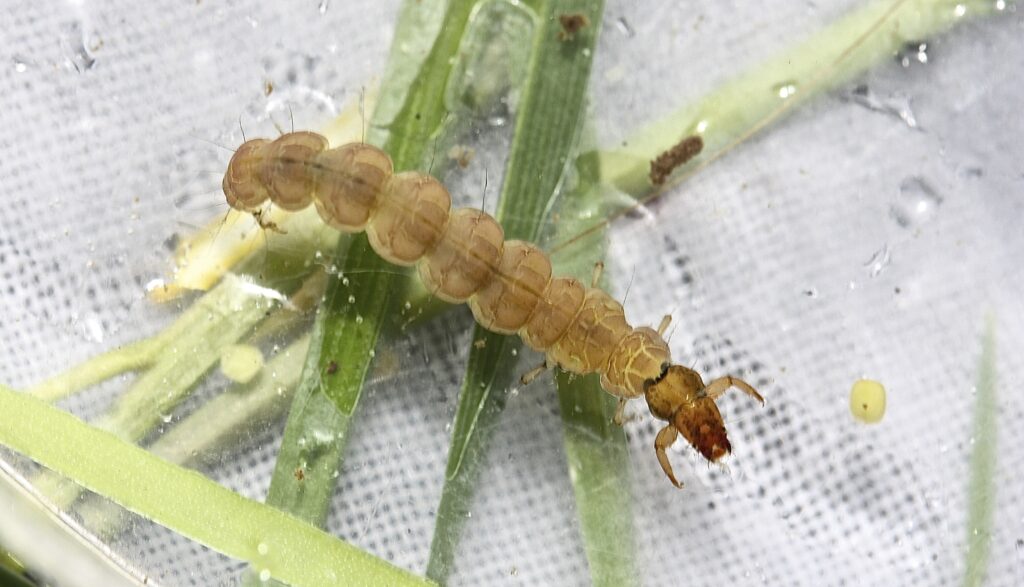
The nutrient recycling performed by insects extends beyond terrestrial environments to influence water quality in streams, rivers, and lakes. Aquatic insects like mayfly, stonefly, and caddisfly larvae feed on leaves and other organic debris that falls into waterways, shredding this material into finer particles that can be used by other organisms. This processing prevents excessive organic buildup that could lead to oxygen depletion as materials decompose. Additionally, the terrestrial activities of insects like dung beetles help prevent nutrient runoff during rainfall events by quickly incorporating organic matter into soil rather than leaving it exposed on the surface. Research has demonstrated that watersheds with healthy insect populations typically show better water quality parameters than those where insect communities have been disrupted. The connection between insect activity and water quality illustrates the far-reaching consequences of their recycling services.
Balancing Acts: Controlling Plant and Animal Populations

Beyond their direct role in decomposition, insects contribute to nutrient cycling by regulating plant and animal populations through herbivory and predation. Herbivorous insects consume living plant tissue, converting it into insect biomass and returning nutrients to the soil through their frass (excrement) or when they themselves die. This constant pruning prevents any single plant species from dominating an ecosystem and hoarding nutrients. Predatory insects, meanwhile, help control herbivore populations, preventing destructive outbreaks that could defoliate entire areas. This complex web of interactions helps maintain biodiversity and ensures that nutrients remain in circulation rather than becoming concentrated in a few dominant species. The balance between plant growth, herbivory, predation, and decomposition is essential for stable nutrient cycling and ecosystem functioning.
Climate Connection: Carbon Storage and Release
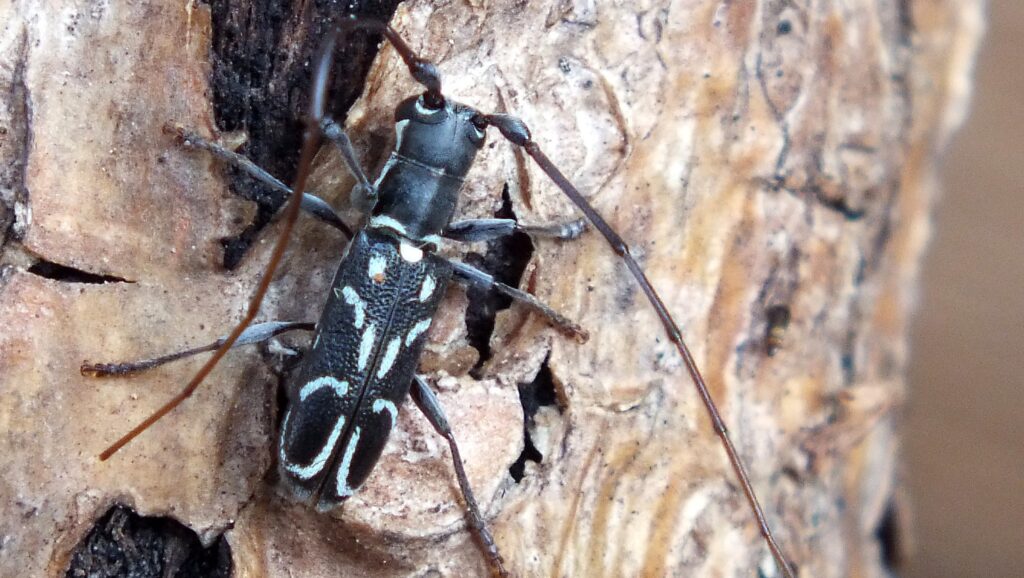
Insects play a significant but often overlooked role in the global carbon cycle, influencing climate regulation through their effects on carbon storage and release. By accelerating the decomposition of dead plant material, insects can increase the rate at which carbon dioxide returns to the atmosphere. However, their activities also incorporate organic carbon into the soil, where it can remain sequestered for long periods. The balance of these processes varies by ecosystem and insect community composition. In forests, wood-boring insects may initially increase carbon emissions by exposing deadwood to microbial decomposers, but the resulting soil organic matter can represent a more stable carbon pool. Climate change is altering these dynamics—warming temperatures often accelerate insect metabolism and reproduction, potentially increasing decomposition rates and creating feedback loops that further influence carbon cycling. Understanding these complex interactions is crucial for predicting future climate scenarios and developing effective carbon management strategies.
Threats to Nature’s Recyclers

Despite their ecological importance, insect populations worldwide face unprecedented threats that endanger their recycling services. Habitat loss and fragmentation reduce the areas where insects can live and work, while agricultural intensification often eliminates the diverse vegetation structure they require. Pesticide use directly kills many beneficial recycler insects along with targeted pests, and even sublethal exposure can impair their foraging and reproductive capabilities. Climate change is disrupting the seasonal timing of insect life cycles and altering the geographic ranges of many species. Recent studies have documented alarming declines in insect biomass and diversity—one widely cited paper reported a 75% reduction in flying insect biomass over 27 years in German protected areas. As these natural recyclers diminish, ecosystem functions slow down, potentially leading to cascading effects throughout food webs and nutrient cycles.
Working with Insect Recyclers: Applications and Benefits
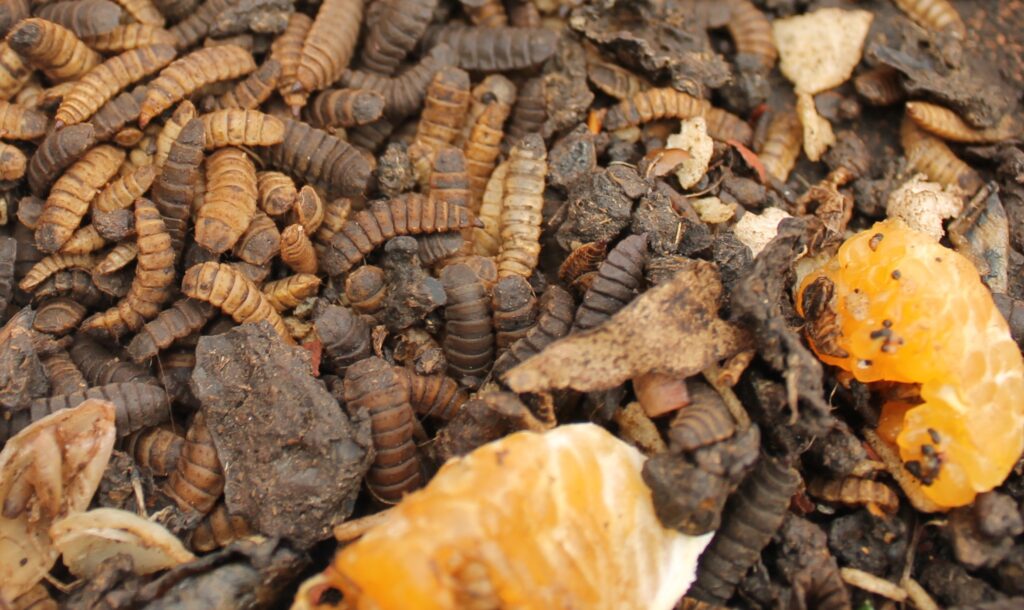
Recognizing the value of insect recycling services has led to innovative applications across multiple sectors. In sustainable agriculture, farmers are designing systems that harness the power of beneficial insects to improve soil fertility and reduce waste. Dung beetle introduction programs in Australia and the United States have successfully addressed manure management issues in cattle pastures, while incorporating beetle habitat into farm planning can enhance natural decomposition processes. Waste management facilities increasingly employ black soldier fly larvae to process organic waste streams, converting food scraps into valuable insect protein for animal feed while producing nutrient-rich frass as a soil amendment. Urban planning can incorporate insect-friendly green spaces that support decomposer communities, reducing the need for artificial fertilizers and improving soil health in city environments. These practical applications demonstrate how working with rather than against insect recyclers can yield significant environmental and economic benefits.
The Future of Insect-Driven Nutrient Cycling

The continued functioning of insect-driven nutrient cycling faces an uncertain future given current environmental trends, yet there are reasons for cautious optimism. Conservation biologists are developing targeted strategies to protect key insect recyclers, including habitat restoration initiatives and reduced-impact land management practices. Emerging research is identifying the minimum insect biodiversity needed to maintain essential ecosystem services, helping prioritize conservation efforts. Technological innovations like automated insect monitoring systems are improving our ability to track population changes and respond accordingly. Public awareness about the ecological importance of insects is growing, gradually shifting perceptions from viewing them primarily as pests to recognizing their vital contributions. The resilience of many insect species—their short generation times, high reproductive rates, and adaptive capacity—provides hope that with sufficient protection and habitat availability, these tiny recyclers can maintain their crucial role in keeping our environment balanced and productive for generations to come.
Conclusion
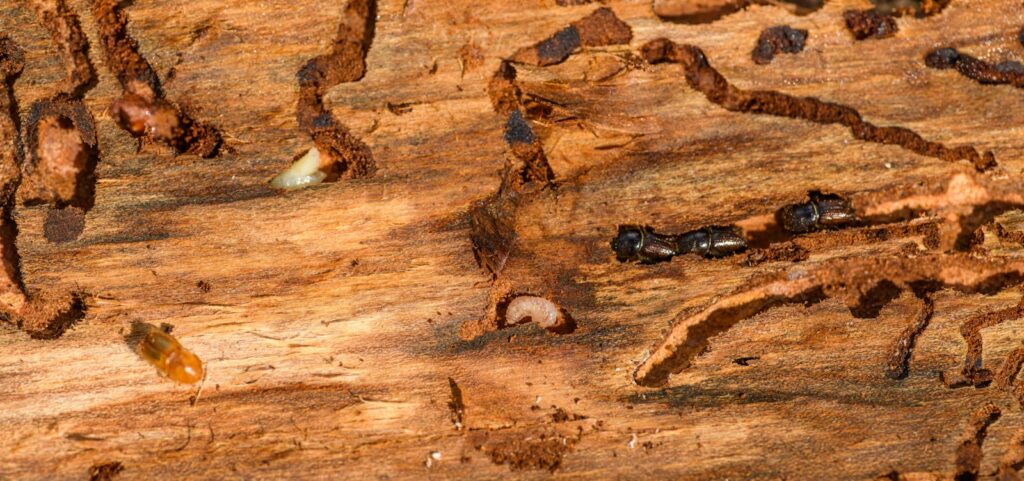
The humble insects that scurry beneath our feet, buzz around our gardens, and occasionally find their way into our homes are performing ecological services of incalculable value. As nature’s primary recycling system, insects transform waste into wealth, converting dead matter into life-sustaining nutrients that fuel the growth of plants and, by extension, all life on Earth. Their tireless work maintains the delicate balance of ecosystems, prevents the accumulation of organic debris, enriches soils, purifies water, and even influences climate regulation. As we face growing environmental challenges, from habitat loss to climate change, protecting these tiny recyclers becomes not just an exercise in conservation but a necessary investment in the continued functioning of our life-support systems. By understanding and appreciating the critical role insects play in nutrient cycling, we can work more harmoniously with these natural processes, supporting rather than hindering the small but mighty creatures that help keep our world in balance.

